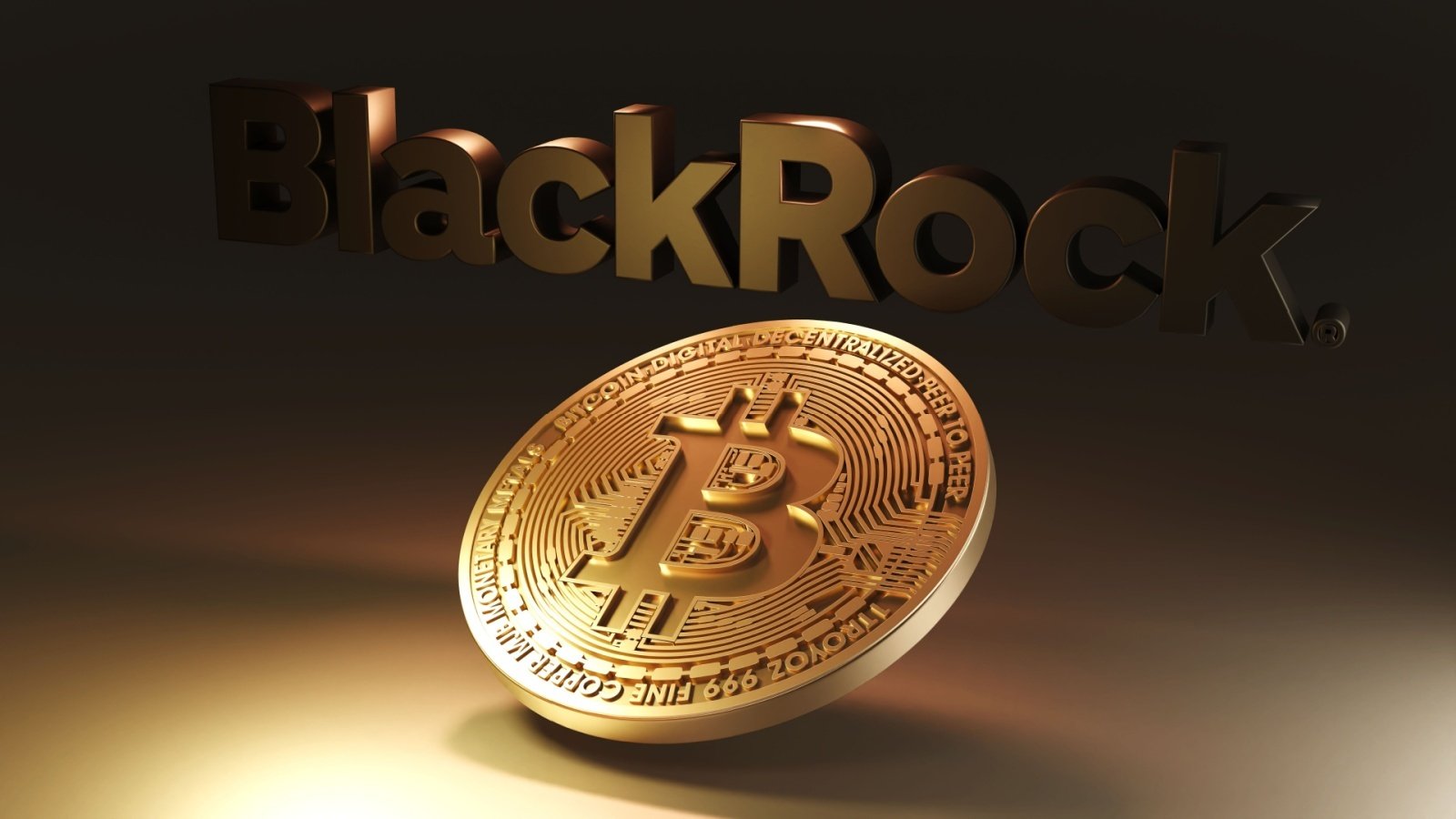BlackRock, the world’s largest asset manager, has launched its first European Bitcoin exchange-traded product (ETP), marking a significant milestone in the global adoption of cryptocurrency investing. This new product, named the iShares Bitcoin ETP, is domiciled in Switzerland and trades on major European exchanges including Paris, Amsterdam, and Frankfurt. BlackRock’s move aims to capture the increasing demand for regulated and accessible Bitcoin exposure among European investors, following the success of similar offerings in the United States where BlackRock has attracted over $50 billion in assets under management through its Bitcoin investment products.
An ETP is a financial instrument that tracks the price of Bitcoin and can be traded on traditional stock exchanges just like stocks. This structure appeals to a wide spectrum of investors who seek cryptocurrency exposure without the complexity or security risks associated with owning and managing the digital asset directly. BlackRock’s Bitcoin ETP is physically backed, meaning the firm holds actual Bitcoin in cold storage, custodied by Coinbase—a leading digital asset custodian—offering enhanced security and regulatory oversight. The Bank of New York Mellon administers the product, providing additional institutional credibility.
BlackRock has been a pioneer in introducing Bitcoin products within traditional finance, becoming one of the first institutional firms to launch Bitcoin exchange-traded products in the U.S. after the Securities and Exchange Commission’s approval of spot Bitcoin ETFs in January 2024. The European launch is a natural extension of this trend, leveraging BlackRock’s extensive experience and global reputation to promote cryptocurrency adoption outside North America.
The European market presents unique opportunities and challenges for crypto ETPs. It is regarded as more open to cryptocurrency adoption compared to some other regions, supported by evolving regulatory frameworks such as the European Union’s MiFID II directive which offers investor protections and clearer rules for digital investments. These frameworks help build investor confidence in crypto products. However, analysts note that European institutional Bitcoin inflows have been more modest compared to the U.S., largely due to structural market differences and relatively nascent investor education around cryptocurrencies.
Despite slower growth initially, BlackRock’s entry is expected to have a catalytic effect. Its strong brand and track record of managing trillions in assets can encourage more traditional institutional investors in Europe to explore and allocate capital to Bitcoin and other cryptocurrencies. This is likely to drive increased liquidity, market maturity, and broader acceptance of crypto assets as legitimate components of diversified investment portfolios.
The launch of BlackRock’s Bitcoin ETP in Europe also reflects a broader trend in traditional finance, where more firms are expanding their crypto offerings. Major asset managers, banks, and financial institutions increasingly integrate digital assets into their product lines, promoting global crypto investing adoption. This convergence of traditional and digital finance underlines the evolving investment landscape in which cryptocurrencies are no longer fringe assets but integral to mainstream portfolios.
In summary,
BlackRock’s introduction of its first European Bitcoin ETP is a landmark event, bridging institutional-grade crypto investment products with European markets and regulatory frameworks. It exemplifies the growing interest of established financial firms in digital currencies and is poised to accelerate Bitcoin’s mainstream acceptance worldwide, notwithstanding the initial cautious market reception in Europe. Over time, this initiative may expand institutional participation in crypto, fostering innovation and inclusivity in global financial markets.

